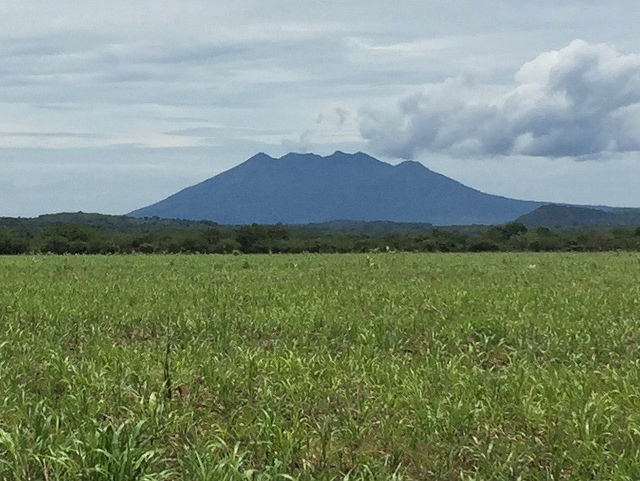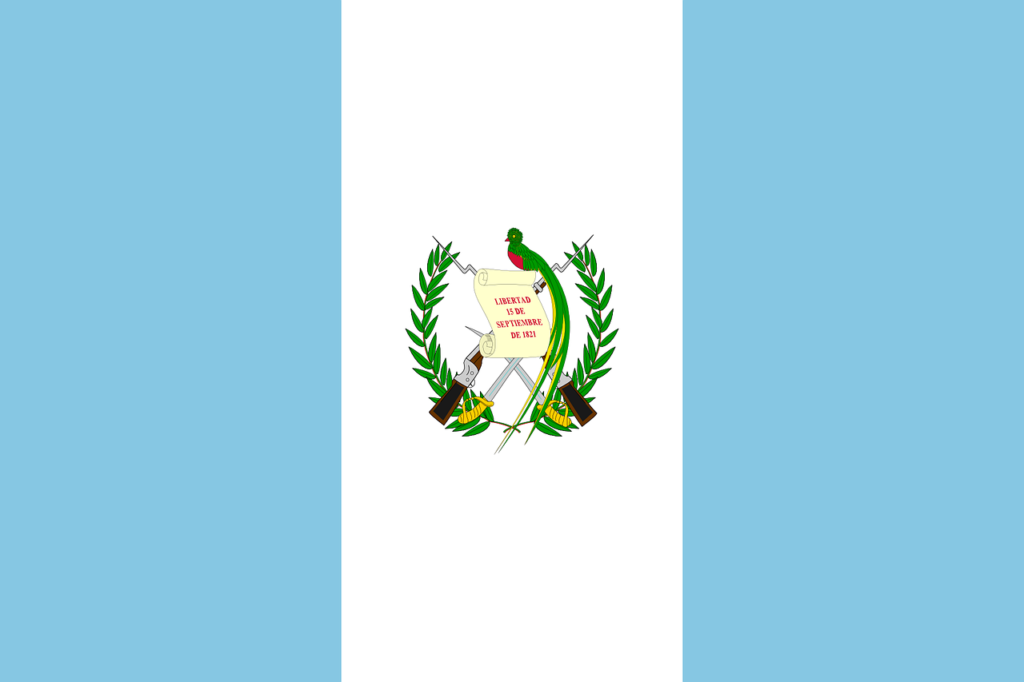Life in Ipala, Guatemala
As a way to follow Jesus and love our neighbors, Cedar Ridge is making friends and working with people to help those who live in poverty in Ipala, Guatemala. We have learned that Ipala is a beautiful town in Central America with lots of smart, friendly, and caring people. Many of them have faced situations that are not fair, but they are working hard to make Ipala a good place to live for everyone. Ever wondered what it might be like to grow up in Guatemala? Let’s take a tour!
Where is Ipala, Guatemala?
The red circle shows where Guatemala is. And the red dot shows where Ipala is.
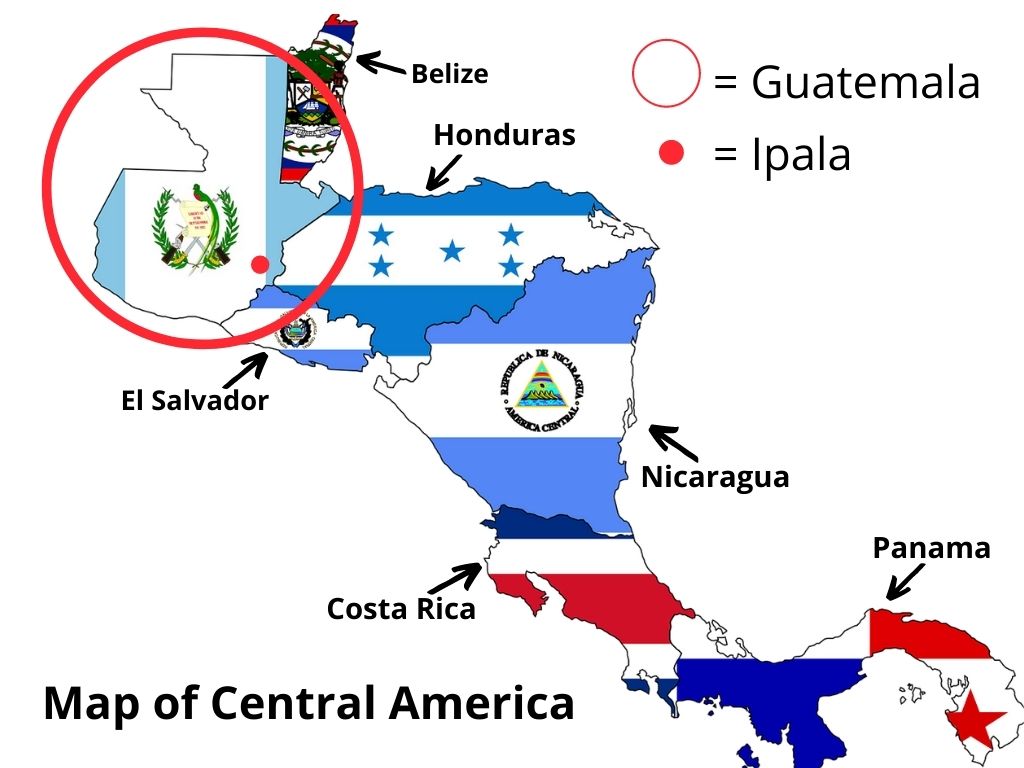
Explore Guatemala
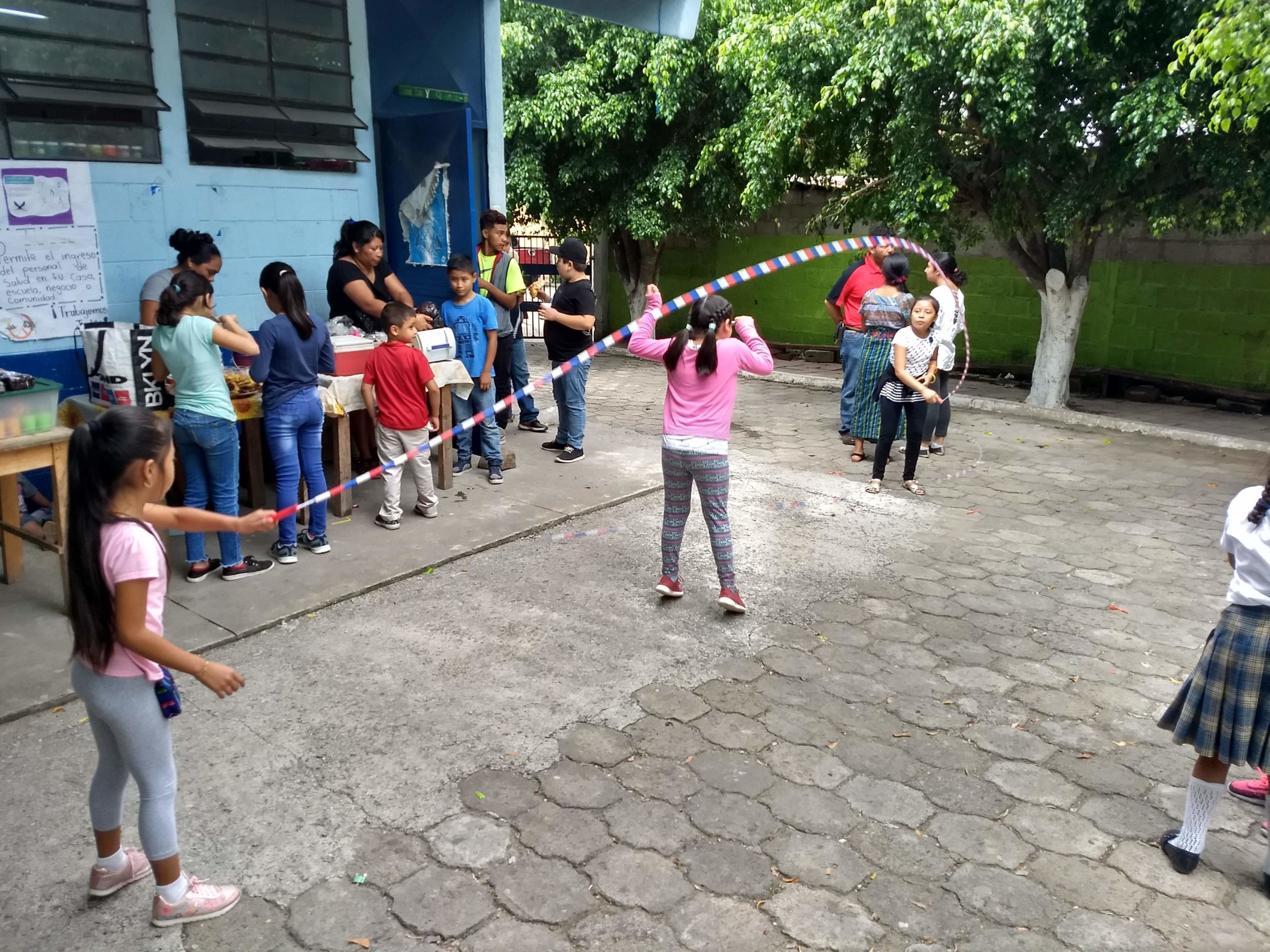
Games
If you were a kid in Ipala, Guatemala, you might play soccer, jump rope, and hopscotch, like you may already do here! Another popular game is Cincos, a marbles game that you play with a friend (or many friends!) and aim and roll your marble to knock the other player’s marbles out of the boundary lines.
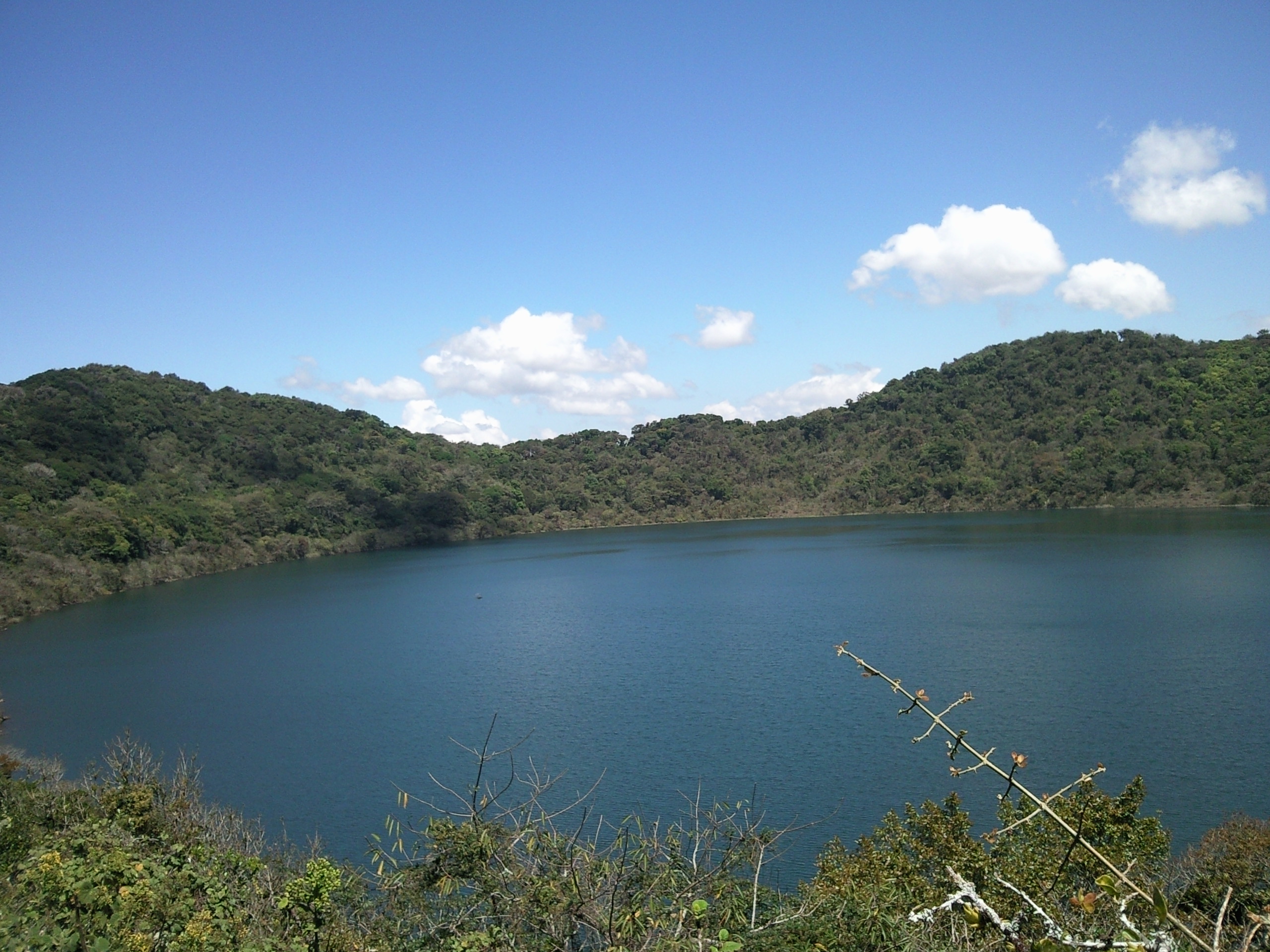
Nature
Close to town, there is the Ipala volcano with a lake inside a crater that was made by a volcanic eruption. You can see the Ipala crater lake in the photo to the left. In fact, all of Guatemala is known for its many volcanoes! While volcanos are amazing, they can also cause fires and disasters that can really impact people in Guatemala. Just a few years ago, the Volcán de Fuego (which means “Volcano of Fire” in English) erupted, and the people who were affected still need support.
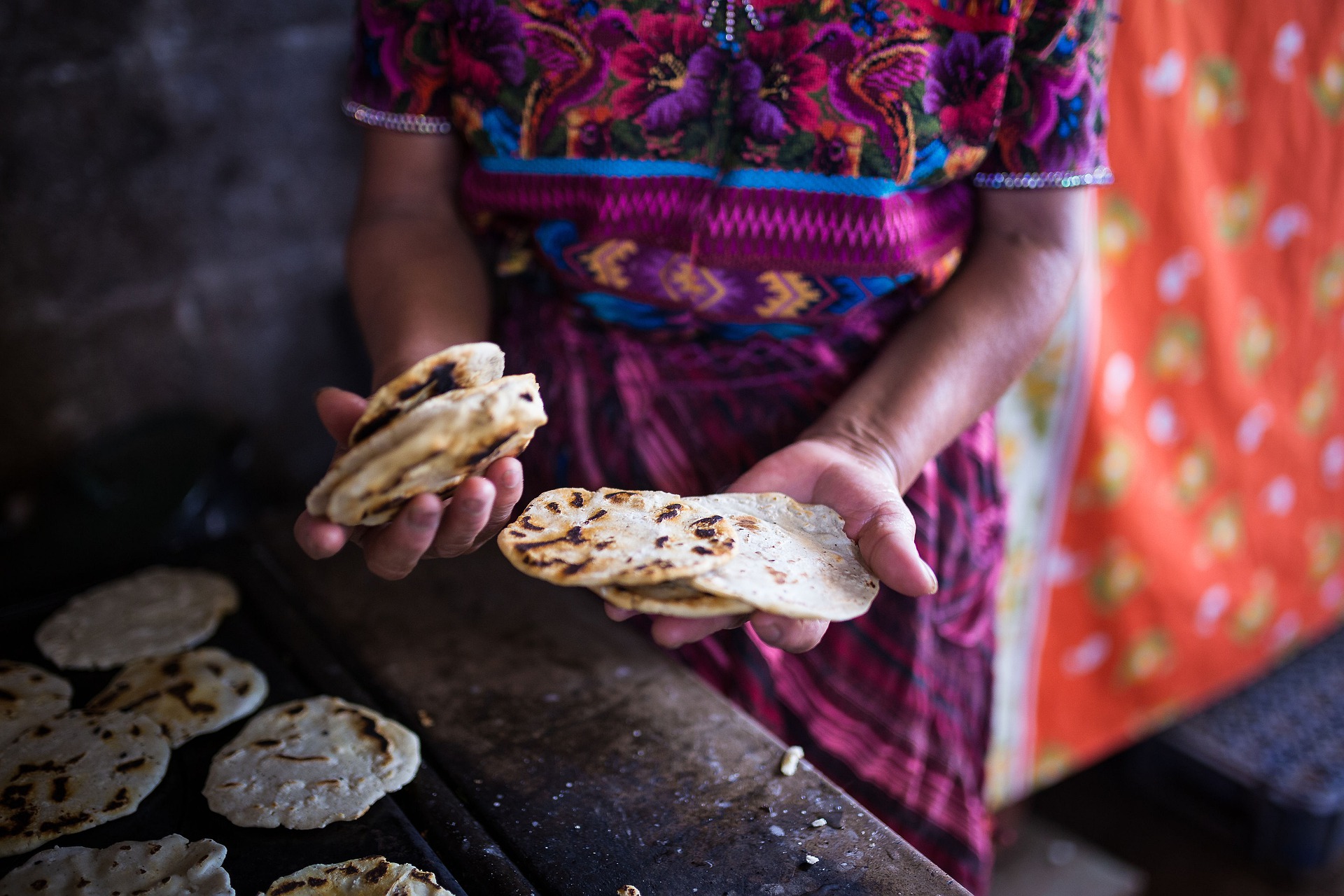
Food
A famous Guatemalan dish is tamales, which is a combination of meat, sauces, and dough made with maize (non-sweet corn), all steamed in large leaves.Tortillas, guacamole, mangos, nachos, and banana bread are also popular. Have you ever had any of those? Which is your favorite?
In the picture, you can see someone making fresh tortillas.
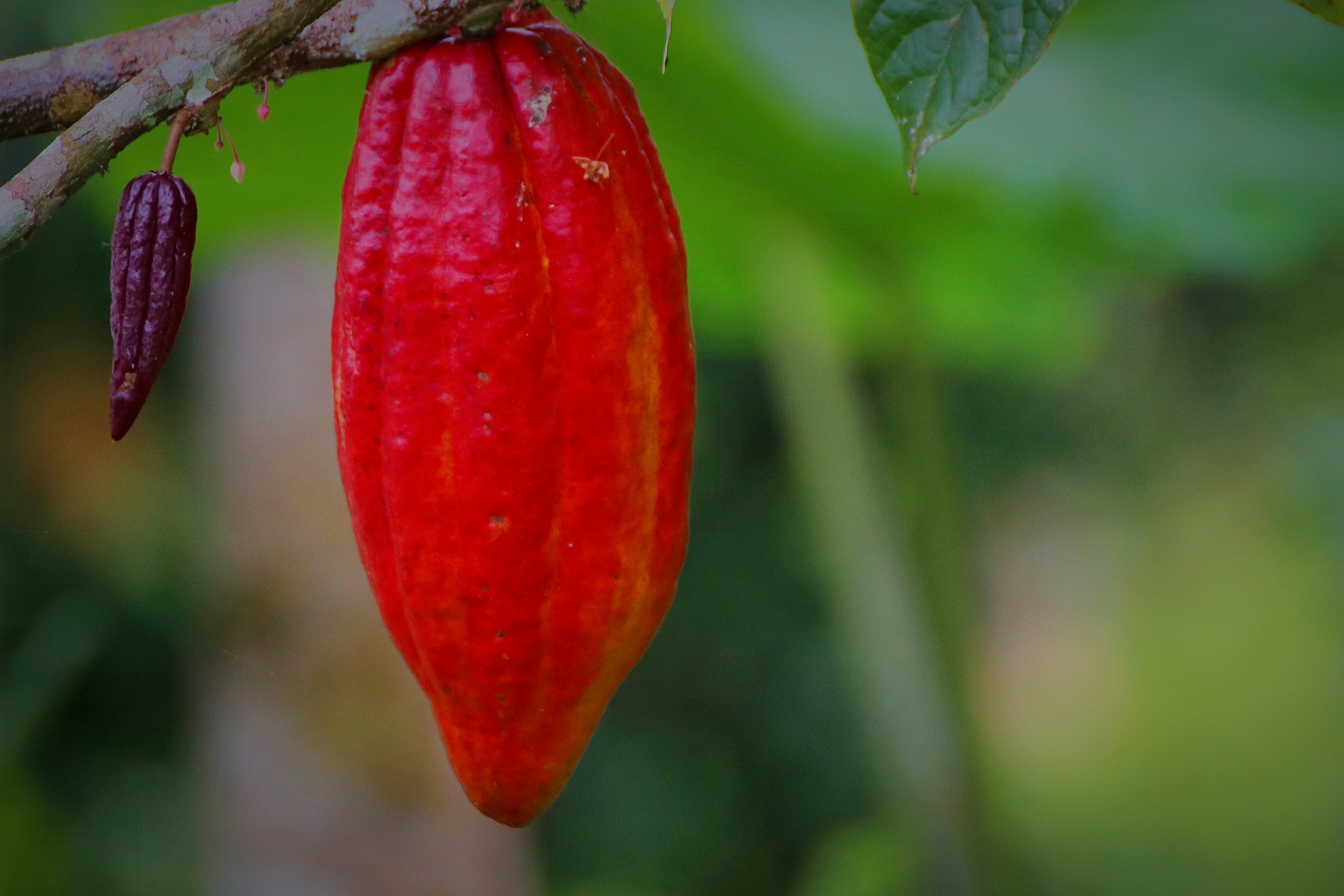
Farming
Cedar Ridge has a farm, and Guatemala is full of farms too. The major farming crops in Ipala are beans and corn. Did you know that Guatemala is often called “the birthplace of chocolate”? That’s because the cacao bean, which is where chocolate comes from, is a plant that is native to Guatemala, and the people of Guatemala have been eating it for over a thousand years. You can see a cacao bean in the photo on the left—that big red pod doesn’t look anything like a chocolate bar, does it?
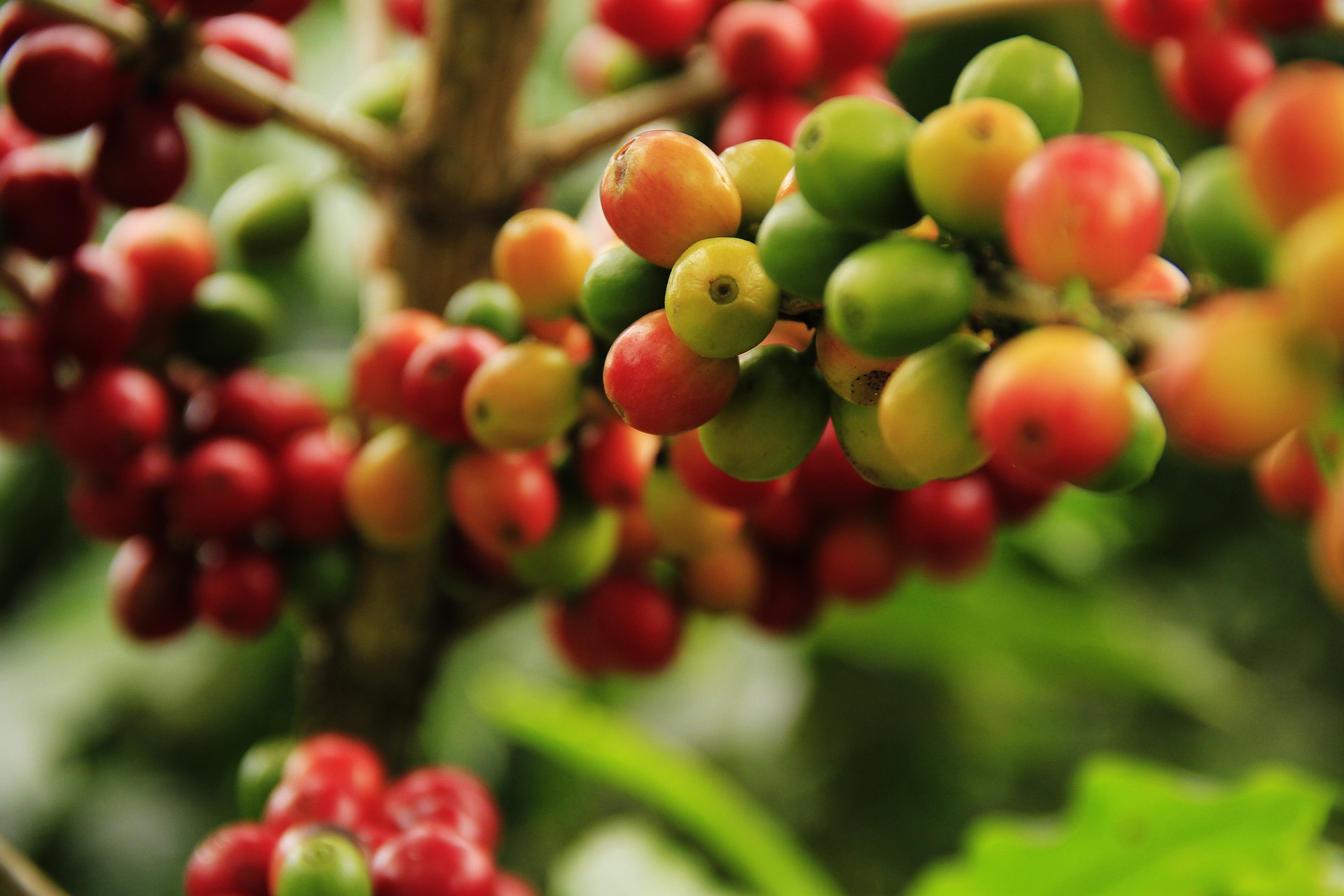
Coffee
Along with chocolate, Guatemala is known for coffee. Do you know anyone who really loves coffee? Tell them to thank Guatemalan farmers! Coffee is also native to Guatemala, and when it grows it looks very different from how we buy it. Look at the coffee beans in the photo on the left, and compare it to what you see at the store!
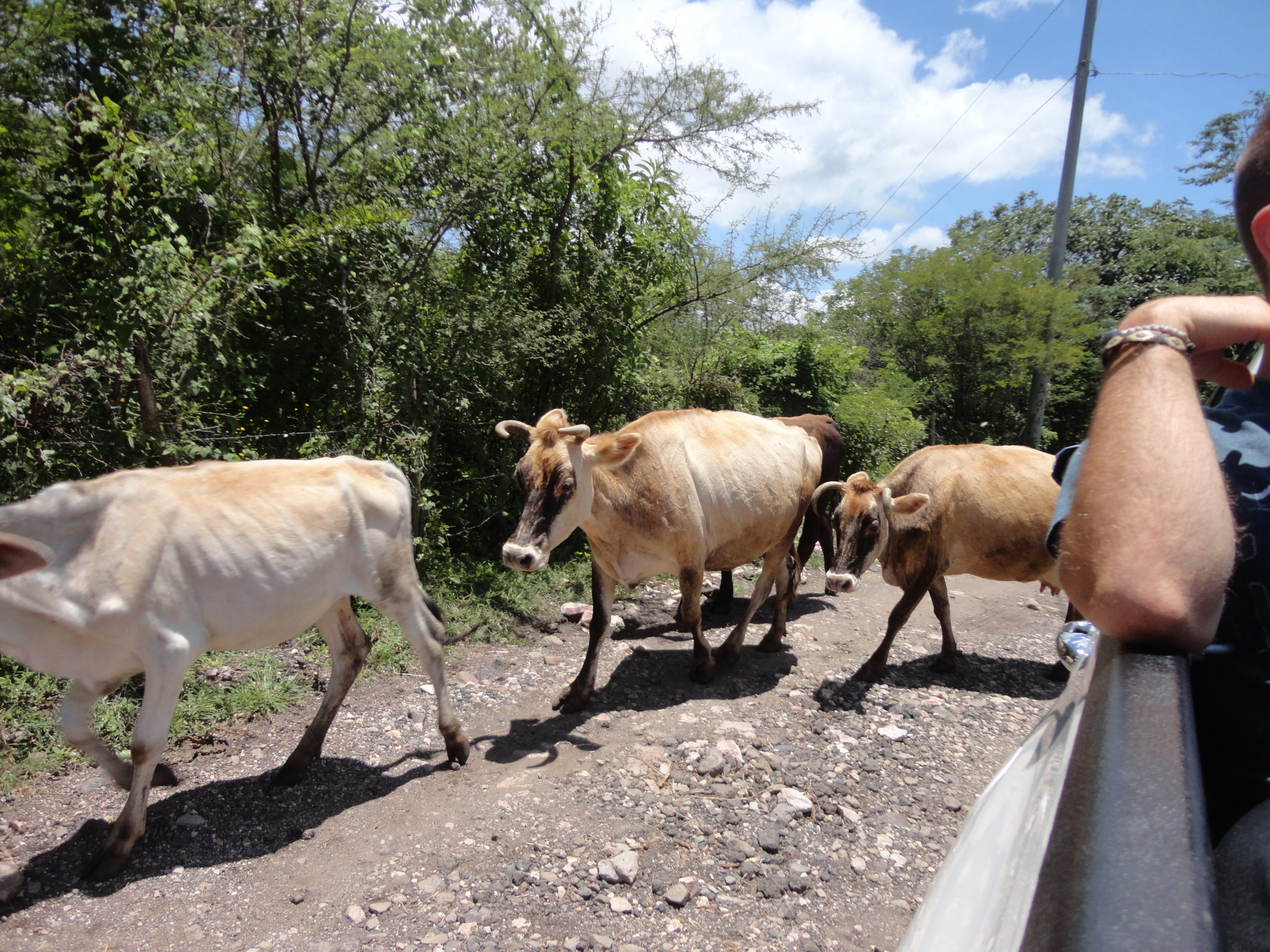
Animals
You’ll see lots of cows and horses in Ipala, often walking in the streets with their herdsmen. In other parts of Guatemala, there are many animals that we can’t easily see here. You may see are sea turtles, spider monkeys, toucans, armadillos, ocelots, and quetzal birds!
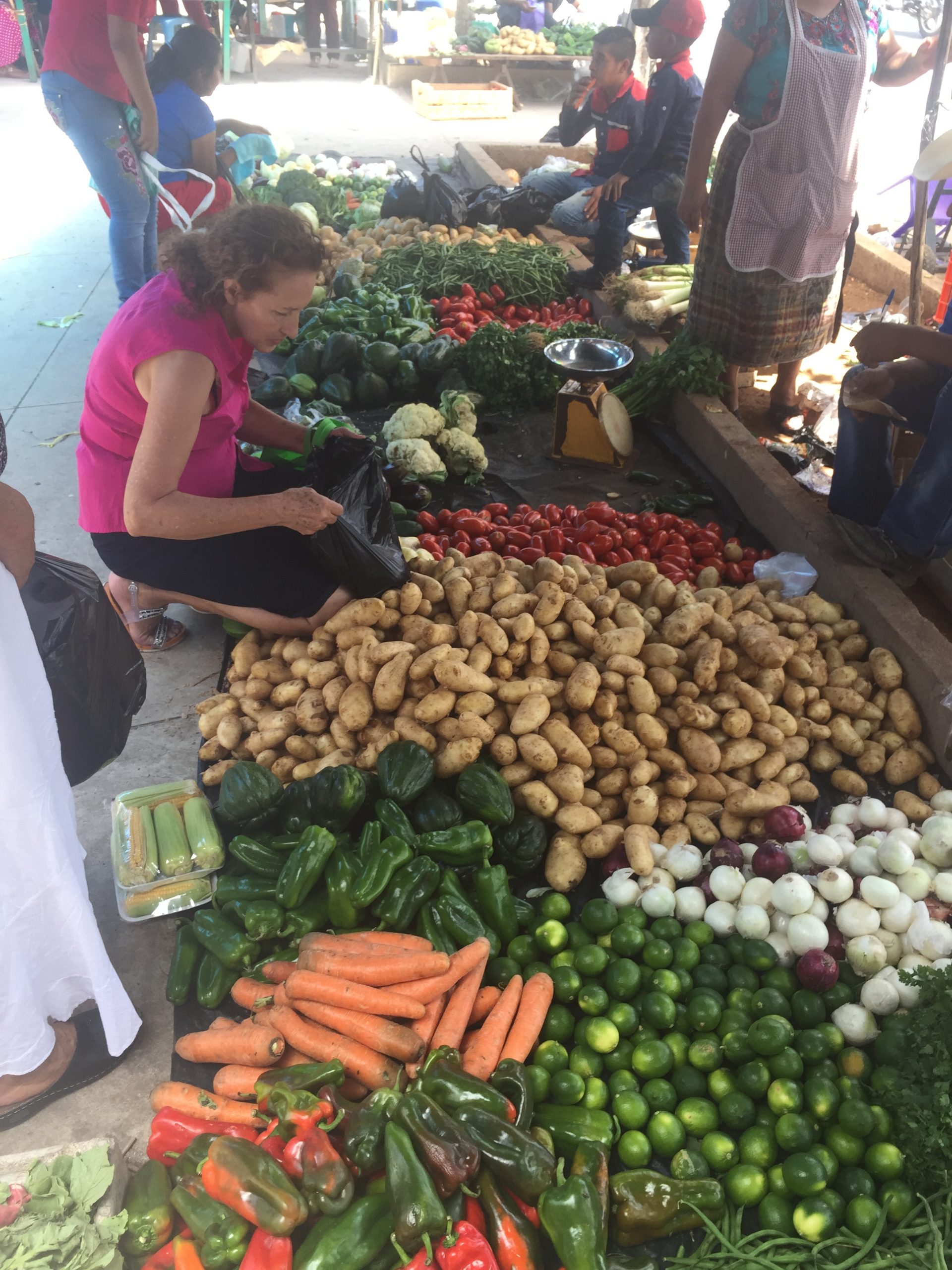
Markets
If you grew up in Ipala, you might shop for fresh fruit and vegetables twice a week on Market Days. The streets of Ipala are also filled with people during the annual Fair of Patron Saint Ildefonso in January, featuring parades, rodeos, and carnival games. They also enjoy the colorful celebrations of Holy Week (the week before Easter). In other parts of Guatemala, you’ll find huge markets with lots of colorful, handmade items!
Poverty in Guatemala
Thanks for exploring Guatemala! While there are all those amazing and cool things in Ipala and all of Guatemala, it is also important to talk about how many people in Guatemala live in poverty. When people live in poverty, it means that they don’t have enough money and support to buy the things that we all need, like food, clothes, clean water and air, medicine, going to the doctor, and a house. Weather and nature, like the volcanos you read about in the slide above, and a lot of rain or not enough rain, can make it even harder for Guatemalan people in poverty to live in a safe home. You can probably imagine that it would be hard to be healthy in a home that is very wet, full of smoke, or broken. Not having enough money or support for food means that a lot of kids and grownups don’t eat enough, so they may not grow as much as they should, and they can also have more trouble learning.
Education
Many kids in Guatemala don’t go to school, or don’t end up graduating school. 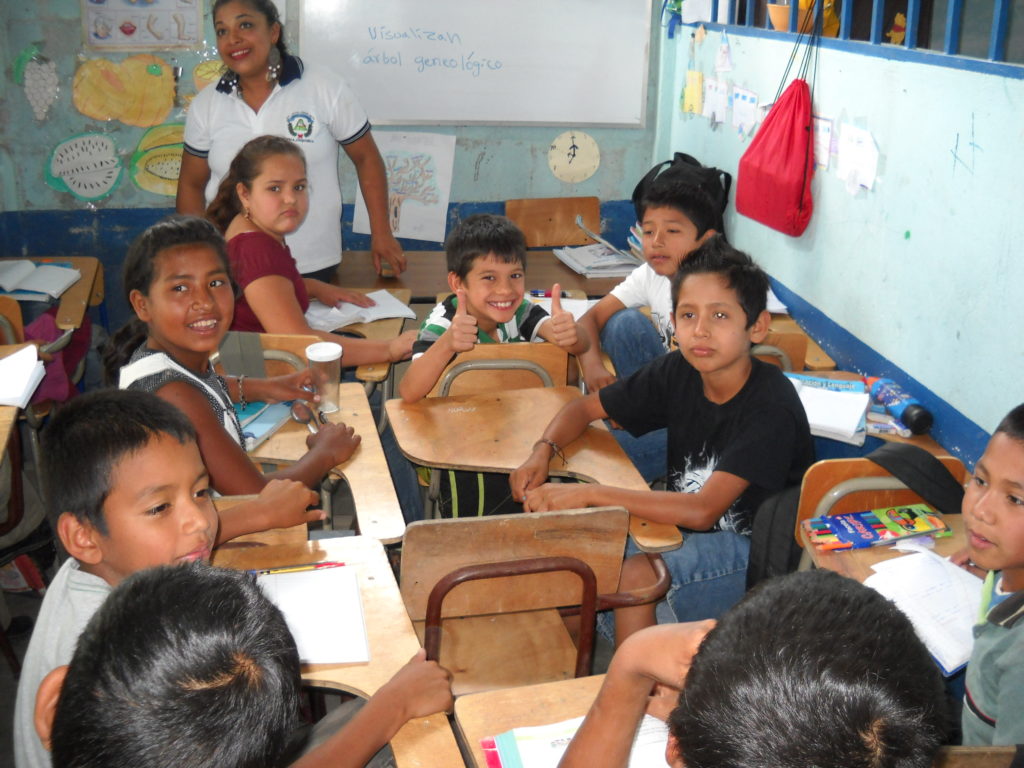 Can you think of why living in poverty might make it harder to go to school or graduate? Some kids may need to work to help pay for what their family needs, and it can be hard to finish school when you are hungry or sick. Classrooms in Guatemala are different than your classrooms, too. Just like houses, they may be an unhealthy place to be, and they can also not have enough space or food for everyone.
Can you think of why living in poverty might make it harder to go to school or graduate? Some kids may need to work to help pay for what their family needs, and it can be hard to finish school when you are hungry or sick. Classrooms in Guatemala are different than your classrooms, too. Just like houses, they may be an unhealthy place to be, and they can also not have enough space or food for everyone.
How to Help
We can all help people in poverty. Cedar Ridge has been making a lot of friends in Ipala, Guatemala, for over 10 years, and is helping to provide some of the support they need, such as building new classrooms, kitchens, and bathrooms in Ipala schools to make sure that students have the space and support they need. We also help some students be able to go to middle and high school school, which can be really helpful for their families. Cedar Ridge also tries to help people get medicines they need and be able to live in safer homes.
While you may not be able to donate or travel to Guatemala, you can help people in poverty in your own community. You may be able to donate food to families in need at nearby Greencastle Elementary School. Or come out to the farm and help grow food for hungry neighbors. Most importantly, do what you’re doing right now, which is to continue to learn about poverty and help other people learn about it, so that they can help too.
Learn Spanish Greetings
Spanish is the language that most people speak in Guatemala. Learn how to say “hello,” “how are you,” “good morning,” and other greetings so you can make some new friends!
About the Guatemalan Flag
Here is the flag of Guatemala! The two blue stripes represent the sky over the country, and the two oceans that are on each side of Guatemala: the Pacific Ocean, and the Atlantic Ocean. It has a nickname, Azuliblanco, which means “blue and white” in English. The bird in the center is a quetzal, which is Guatemala’s national bird.

